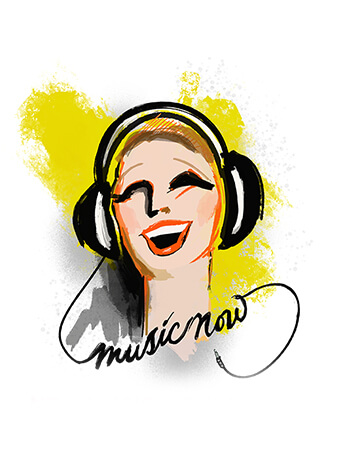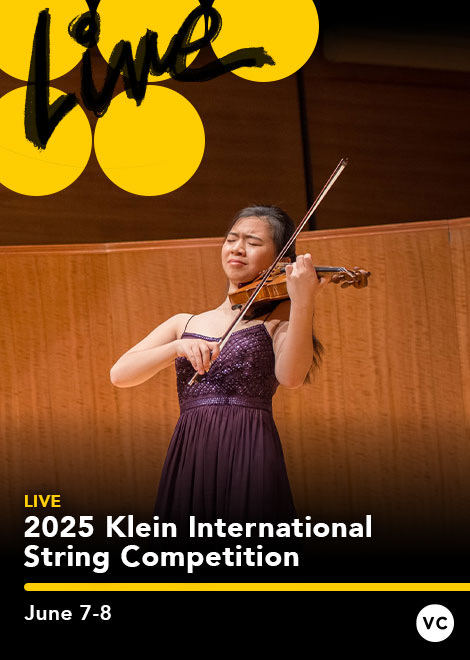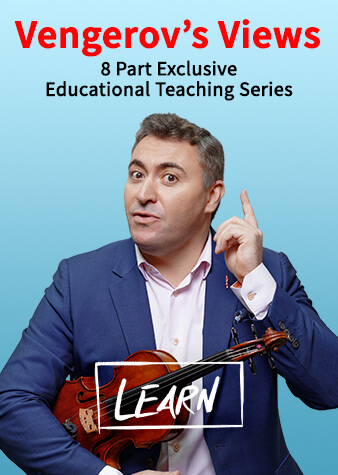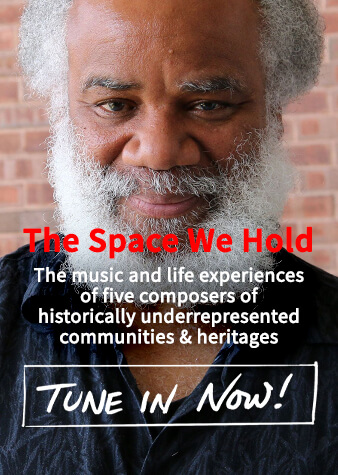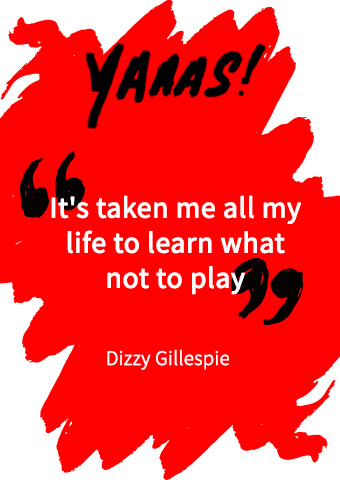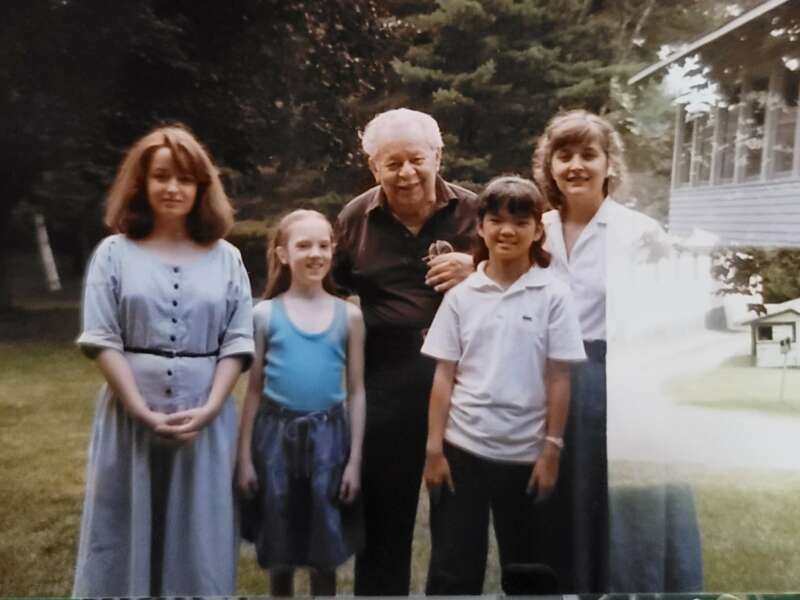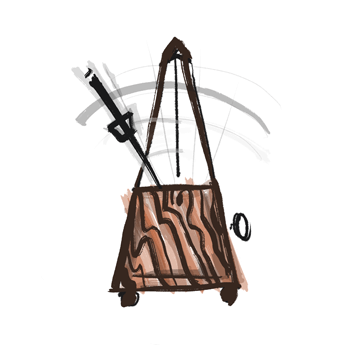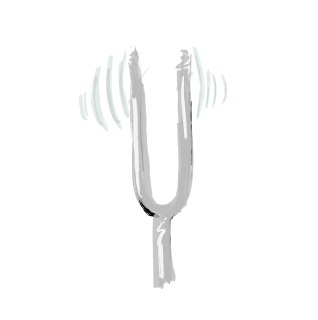Anna Clyne on Writing for the Fischoff National Chamber Music Association
Clyne’s “Quarter Days” will be premiered by the Euclid String Quartet and the South Bend Symphony Orchestra for Fischoff’s 50th anniversary celebration on October 22
This year marks Fischoff National Chamber Music Association's 50th and South Bend Symphony Orchestra’s (SBSO) 90th anniversary since each organization's founding. Anna Clyne's concerto for string quartet and orchestra, Quarter Days, serves as a testament to the shared aims of both organizations in advancing classical music internationally.
On October 22, Clyne’s new work will be performed at the University of Notre Dame’s DeBartolo Performing Arts Center by the Euclid Quartet and SBSO, with conductor Alastair Willis.
We got a chance to catch up with Anna Clyne to learn more about the work and her compositional process.
Can you tell us about “Quarter Days?”
My new string quartet concerto, Quarter Days, is a reflection on the passing of time – both within a minute, a day, through the seasons and within a lifetime. It is inspired by Burnt Norton - No. 1 of 'Four Quartets' by T.S. Eliot.
The piece was commissioned by the Fischoff National Chamber Music Association and the South Bend Symphony Orchestra. Did they provide you with some directions for the piece or did you have carte blanche?
I am grateful that I had carte blanche to create any piece I could dream up – to be scored for string quartet and orchestra.
What was your inspiration behind this piece?
I was inspired by T.S. Eliot’s ‘Four Quartets.’ My approach to writing this music was to firstly write the string quartet, and then to add the orchestra to augment the string quartet – creating a hyper-quartet, and at times an echo chamber. Divided into four movements, thematic material is threaded between them. Sometimes the quartet sings as one voice, and at other times they fragment into four individual lines, spun out through the orchestra.
What was your compositional process like while working on this project?
I usually start composing at the piano – finding a melody, harmonic structure, or texture that can plant seeds for musical material to further develop. Having a structure to guide the initial compositional process is very helpful. In the case of Quarter Days I turned to the solstices, which divide the year in half, and the equinoxes into quarters. The quarter days, which have been observed at least since the Middle Ages, and which construct this music, are as follows:
I. Autumn Equinox (September 21st)
II. Winter Solstice (December 21st)
III. Spring Equinox (March 21st)
IV. Summer Solstice (June 21st)
The string quartet is often referred to as one of the most balanced and organic chamber music ensembles. Its four instruments form the core of the symphonic orchestra. Why did you decide to surround a self-sufficient entity like this one with a full orchestra?
One of the elements that draws me to writing concerti is the relationship between the soloists and the orchestra and in the case of a string quartet concerto, the opportunity to also explore the relationship between the four quartet members.
What do you hope listeners will take away with them upon hearing it?
I hope that listeners experience a glimpse into the range of music that a string quartet can conjure and to hear it in this fresh context – mildly amplified with the live acoustic orchestra.
june 2025
july 2025







